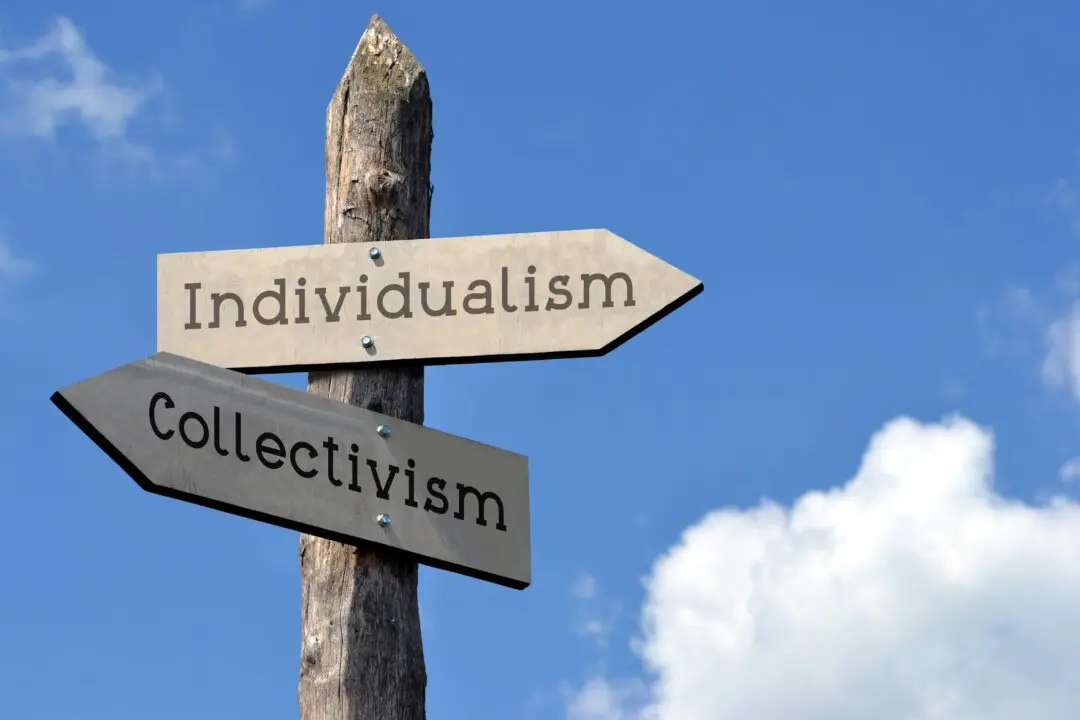Commentary
There must be 1,000-plus articles in the mainstream media now telling us the same thing. They say that the economy is strong and wonderful, with low inflation and low unemployment and high wages, and yet there is something weird going on. Irrationally, many people are unconvinced. For some strange reason, many people are still complaining.





